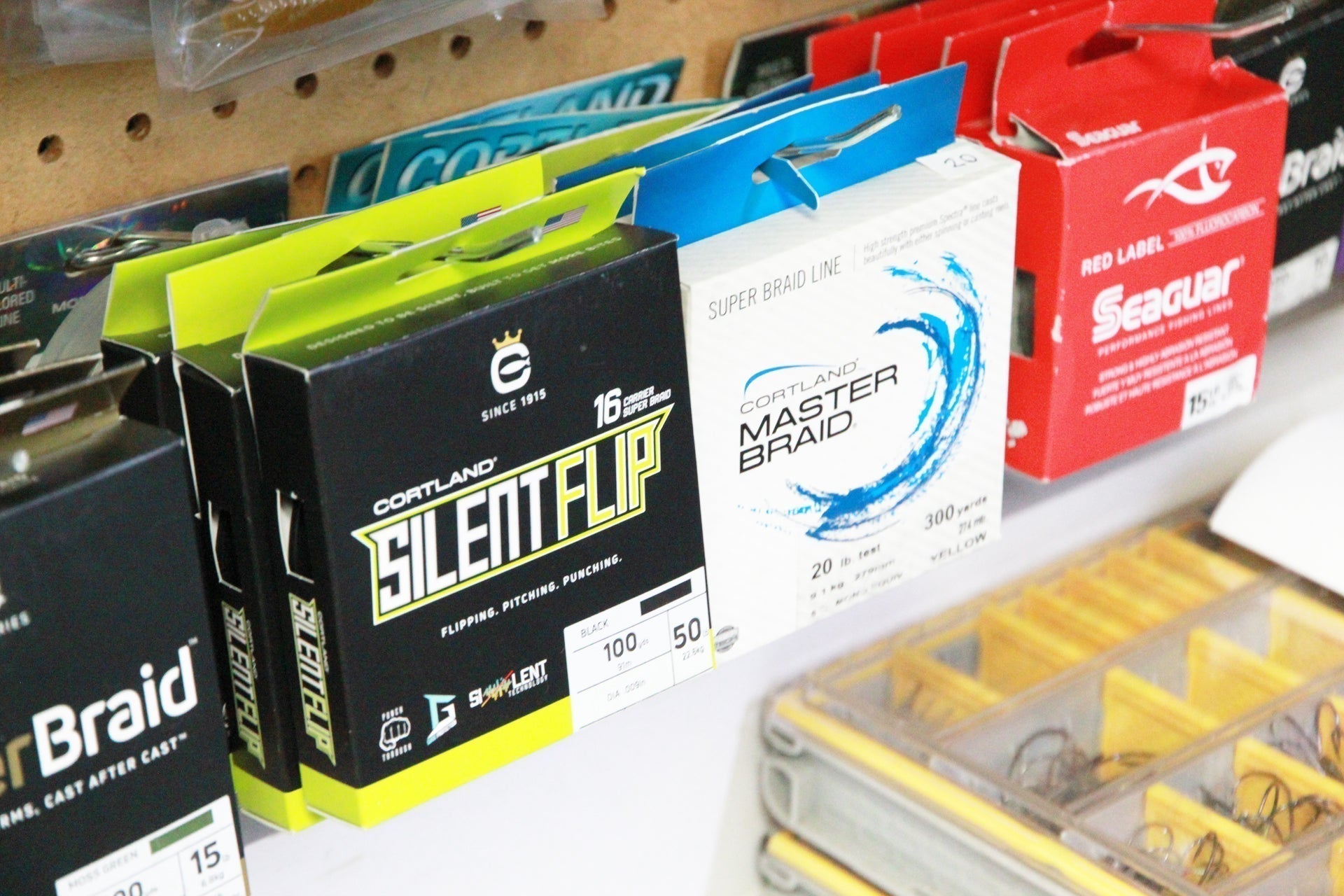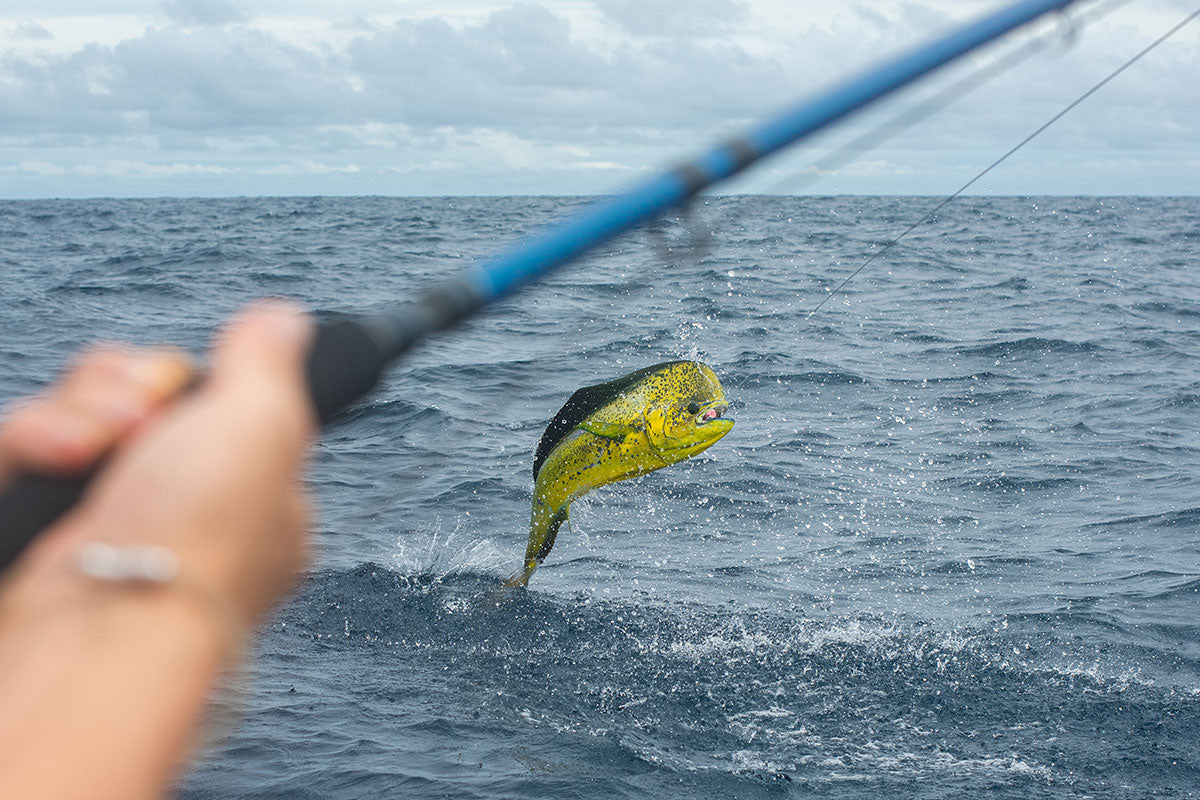Article Written by Dave Rothrock. Learn More About the Author Below / Article Read Time 4 Minutes
So much of the conversation among fly fishers today seems to zoom in on nymph fishing. More specifically, the majority of this focuses on Euro-nymphing. Now, this is all fine and dandy; however, one thing I've learned after fishing nymphs going on 52 years is that there's no “one size fits all.” And, yes, I still have a lot to learn.
Interestingly, shortly after my journey of fishing nymphs began, I was introduced to a leader system that included what we now refer to as a sighter. Then, along came the indicator and it was something that I felt was more of a liability than an asset when it came to effective nymphing. I came up with all sorts of “reasons” that an attached indicator worked against good presentation; however, none of them were based on reality.

I finally reached a point where I accepted that I needed to get out on the water and learn what indicator nymphing was all about. Let's just say I had to swallow a lot of pride.
Over the years I've experimented a bit to settle on both the equipment and techniques I use to fish nymphs with an indicator system. Since I spend most of my time fishing the smaller to mid-sized streams of central and north central Pennsylvania to include the likes of Penns Creek, Spring Creek, Slate Run and others my findings have proven effective on a variety of similar waters.
Back in the day there were no rods longer than 9' that were any good for trout whether you fished dries, nymphs or anything else. Today it's a completely different game. I've settled on 10' rods for a good bit of my trout fishing. Rods longer than this may not produce the accuracy potential I desire and this is important whether presenting nymphs or dries. And, yes, I use the same rods to fish dries. A 10' 4 wt. is great for fishing heavier currents when more weight is needed to get my nymphs down to depth. In calmer flows, you can't beat a 10' 3 wt.

While I like to fish nymphs with a tight-line system there are some conditions in which an indicator system provides an edge. Wind tends to grab hold of a long leader and pull the flies out of drift with a tight-line system whereas the surface film tends to hold an indicator in place. Too, an indicator system allows for fishing at greater distances whereas a tight-line system is a short-line game.
Over time I've chosen the components that, when combined, provide what I believe to be a real advantage to present nymphs at depth under an indicator.
When it comes to line choice here's where things get interesting. A short front taper means that the line is somewhat front-loaded. This aids in turning over a leader with an indicator. We all know the surface film doesn't want to relinquish its grip on an indicator. More weight closer to the tip of the fly line helps get things moving in preparation for the next cast and presentation. So far, everything I've related is fairly mundane so now we go to the kicker: my line of choice is the Cortland Trout Boss double taper in ... drum roll, please ... a 2 weight! Total weight at a minimum with weight distribution giving me the best performance. And if you want another kicker this line performs well when I make the quick switch to present a dry fly to rising trout. Versatility, for sure!

My leader choice is a 9' 3X Cortland knotless tapered leader with a bit of modification. I cut off the loop and attach it to my fly line via a nail knot. Next, I cut the tippet back a foot-and-a-half and tie a small perfection loop. For those who like tippet rings, you can substitute for the perfection loop. The major contributor to the decision-making process here is personal preference. I tie my tippet to the loop via a clinch knot. My tippet averages around 5' long to the first fly if I'm fishing multiple flies. Over the years I've settled on a tippet of 4X for the vast majority of my nymph fishing. While my personal experience includes a fair bit of fishing 6X and 7X I can't say I've realized any real benefit from the lighter tippet.
A real benefit of using a long 4X tippet is that it will accommodate most any type of indicator and it will allow me to easily move my indicator to deal with changes in stream depth and current speed. While there are a variety of indicator types I find acceptable the two types I avoid are the paste-on foam indicators and any indicator that kinks the tippet.
As with most nymphing set-ups, the fly choice is up to the angler: beaded or non-beaded, it doesn't really matter. For me, I go the non-beaded route since I use a drop-shot system almost exclusively.

So, what happens when I notice more flies drifting on the surface and trout beginning to feed on them? No problem. It's just a matter of removing the nymphs, cutting back a little on tippet length, and dropping down in tippet size to accommodate a small dry if need be. Remember the old guide that calls for taking the size of the fly and dividing by 3 to get to the recommended tippet size? Using smaller tippet sizes for fishing surface flies does make a difference when it comes to beating drag.
Using the right tools for the job and setting them up to provide optimal performance puts an angler in the best position to experience the highest level of success when on the water. When conditions call for using indicators on my home waters or similar waters wherever they may be I'm confident in both my ability and my equipment to meet them and add a few more memories of bent rod and fighting trout. Life just doesn't get much better!
Products Mentioned in this Article
Trout Boss DTTapered Leaders
Ultra Premium Fluorocarbon Tippet
About the author
Dave Rothrock has been pursuing trout and other species with a fly rod since the mid-1960's and he's been tying flies for a bit longer than he's been fishing them. He has fished throughout the East, into the Midwest, and Europe where he fished great waters in Austria and Slovenia. He has worked as an instructor in the L. L. Bean fly fishing schools and has taught fly fishing, casting and fly- tying classes for various fly shops and groups. Dave currently guides and teaches fly fishing and casting through his business, Salmo-Trutta Enterprises as well as being on the staff of Sky Blue Outfitters. To find out more information about Dave and more informative articles like this, check out his Website / Blog here.


